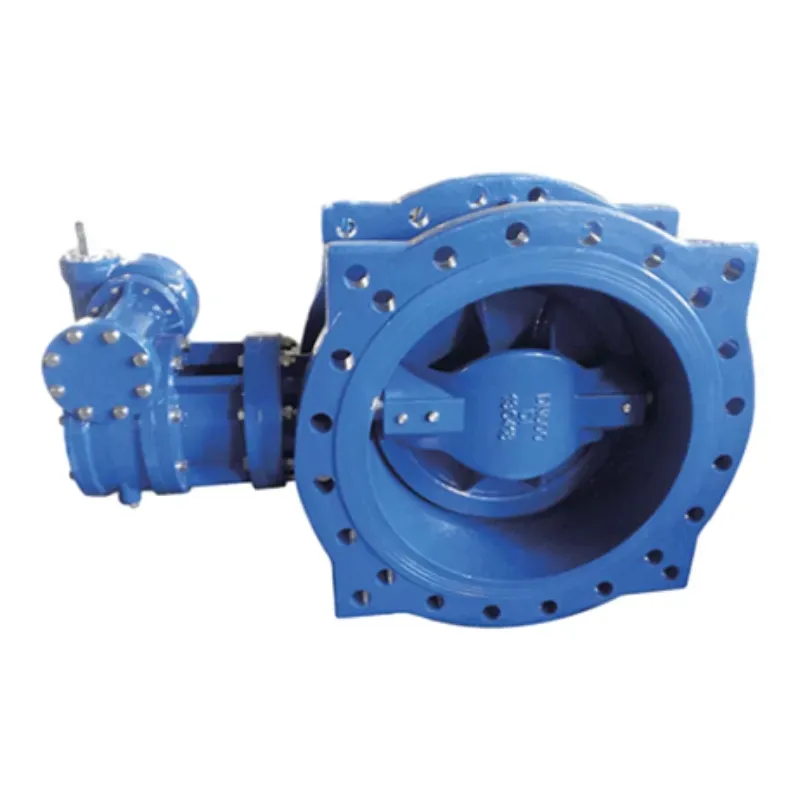11月 . 25, 2024 02:27 Back to list
foot valve for water pump
Understanding Foot Valves for Water Pumps
In many water supply and pump systems, the efficient operation of the pump is dependent on a critical component known as the foot valve. This essential device plays a pivotal role in maintaining the prime of the pump and ensuring that water flows seamlessly. In this article, we will delve into the functions, types, installation, and maintenance of foot valves used in water pumps.
What is a Foot Valve?
A foot valve is a type of check valve that is installed at the bottom of a water suction line. It operates by allowing water to flow into the pump while preventing any backflow when the pump is turned off. This hydraulic component is typically equipped with a strainer to filter debris and prevent clogging. The primary function of the foot valve is to maintain the prime in the pump, which is crucial for effective water pumping.
How Does a Foot Valve Work?
The working mechanism of a foot valve is rather simple yet effective. During the pump’s operation, the pressure created by the pump draws water through the foot valve. The valve's design enables the disc or flapper to lift, allowing water to pass while simultaneously preventing air from entering the system. When the pump is shut down, the pressure difference causes the foot valve to close, preventing the water from flowing back down the suction line. This capability is vital for maintaining a ready-to-use pump without the need for continuous priming.
Types of Foot Valves
Foot valves come in various designs and materials, each catering to different applications. Some common types include
1. Metal Foot Valves Made from materials such as brass or stainless steel, these foot valves are durable and resistant to corrosion, making them suitable for heavy-duty applications.
2. Plastic Foot Valves These are lighter and rust-proof, ideal for less demanding settings or where weight is a significant concern. They are generally used for smaller pumps or residential applications.
3. Spring-Loaded Foot Valves Featuring a spring mechanism, these valves provide a quicker response and are more efficient at sealing against backflow.
4. PVC Foot Valves Used primarily in irrigation and wastewater applications, PVC foot valves offer excellent resistance against chemicals and other fluids.
Installation of Foot Valves
foot valve for water pump

Proper installation of a foot valve is crucial to ensure optimal performance
. Here are the essential steps to follow1. Select the Right Size Choose a foot valve that matches the diameter of the suction pipe to prevent any reduction in flow capacity.
2. Location Install the foot valve at the desired depth in the water source, ensuring it's submerged sufficiently to prevent air pockets.
3. Orientation Ensure the valve is oriented correctly; the strainer should be facing down to filter incoming water effectively.
4. Secure Connections Use appropriate fittings and sealants to prevent leaks in the suction line.
Maintenance of Foot Valves
Regular maintenance of foot valves is essential to prolong their lifespan and ensure smooth operation. Here are some maintenance tips
1. Inspect Regularly Check for any signs of wear, corrosion, or debris buildup that may obstruct the valve's operation.
2. Clean the Strainer Periodically remove and clean the strainer to prevent clogging and ensure unobstructed water flow.
3. Check for Leaks Look for any leaks around the connections and joints, tightening or replacing components as necessary.
4. Test the Valve Occasionally, test the foot valve by pumping water to ensure it holds the prime effectively.
Conclusion
Foot valves are a crucial component in water pump systems, offering protection against backflow and helping to maintain the prime for efficient operation. With various types available, proper selection, installation, and maintenance of foot valves are essential for ensuring reliable water supply and functionality. Understanding these elements will help both homeowners and professionals in effectively managing water systems, ultimately leading to better performance and longevity of pumps.
Share